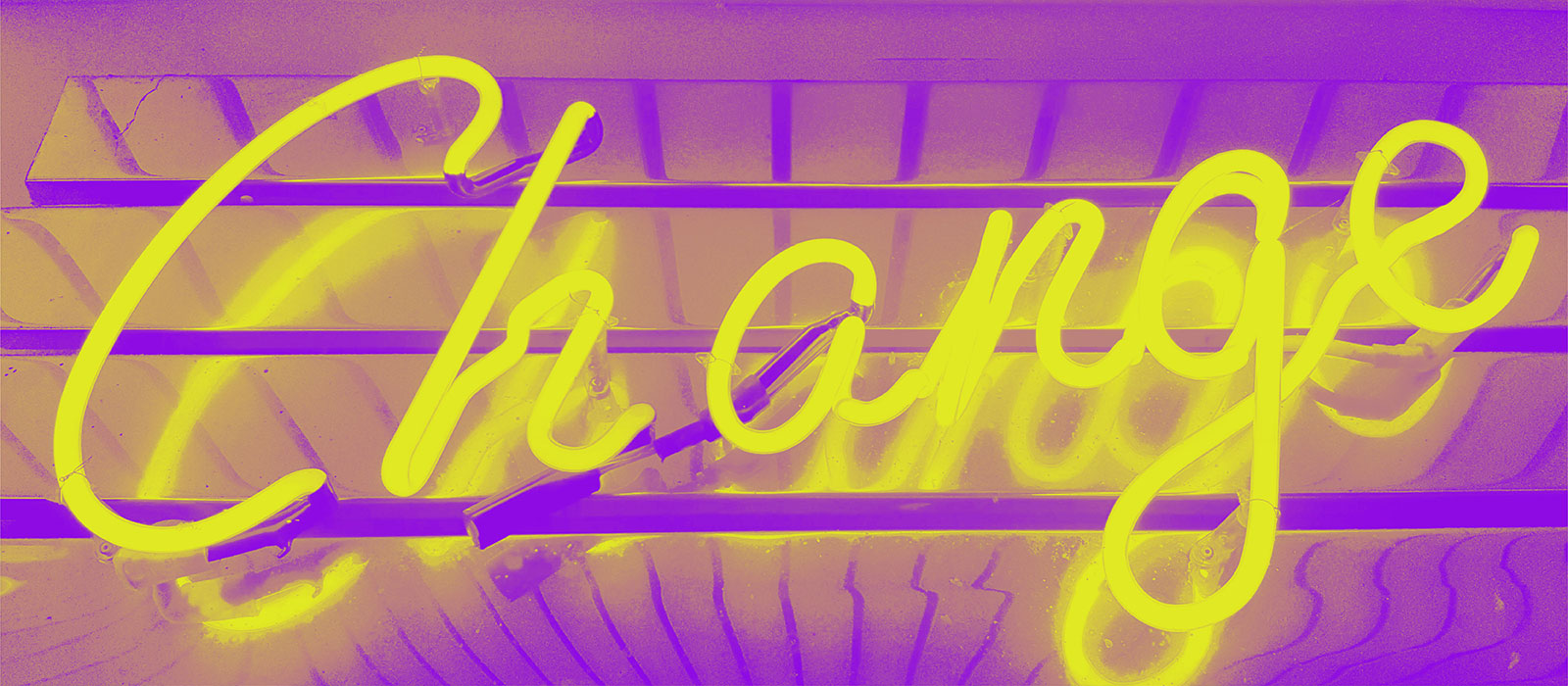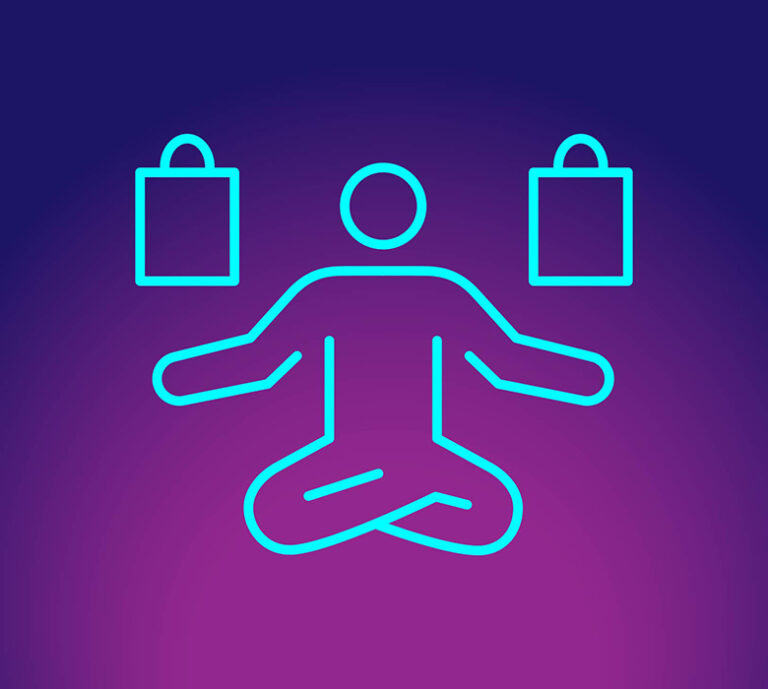×

Our Executive Director of Architecture, Glen Middleton, shares how brands should be approaching sustainable retail design.

Bill Chidley, Partner and Insights & Strategy Lead at ChangeUp, investigates how listening to changes in consumer behavior can forge stronger ties in the post-COVID-19 era.
Right now, for many, it’s about survival. COVID-19 has profoundly impacted the way we must think about addressing consumer needs – arguably for as far out as we can see. In a sense, it is rewriting our daily lives. Which begs the question: What can/should brands do? Answer: Know your customers…even better.
Rather than outlining methods and techniques, what follows is an overview of the kinds of business and research questions as well as actionable thought-starters that frame how we can improve customer relationships, leading to survival and, ultimately, growth.
There is one essential to-do: begin by honestly assessing the engagement level with your customers. If you have an ongoing dialogue with them, ramp it up. If you don’t, open one immediately. Crises shine lights in dark corners, but they reveal profound insights and opportunities (and not always immediately profitable). Improving engagement with your customers is vital in protecting and enhancing the health of your business. Build an ongoing community, commit to its integration into your business planning, and continuously refresh it to match your customer base and targets. Your customers not only deserve but must have a seat at your table. Invite them in not just as a welcome guest, but as family.
So, what are those key business questions we need to explore? And what are some actions to address immediate customer needs and prepare for the future?
What is most important in their lives right now? What are those things that have become priorities that weren’t just several weeks ago?
Short-term: Innovate models to help customers weather the crisis safely from home.
Long-term: Develop product and service extensions that build your brand’s ecosystem.
What do consumers do differently in their daily lives? What are those things they are doing more of vs. less? What has changed?
Short-term: Encourage localized improvements to showcase personalization.
Long-term: Introduce something new with no rules. Stretch!
What are the must-haves in consumers’ relationships with companies and organizations? What drives the consideration of new brands? What has changed?
Short-term: Build trust by demonstrating that you have listened, for example, implementing employee safety protocols.
Long-term: Reexamine your why. Invest.
By exploring these areas, we can learn what is truly going on in consumers’ everyday lives, how they perceive the new world, and how they are feeling about their way in it.
As a result, organizations must change their behaviors to demonstrate that they understand this new paradigm and what consumers are demanding of them. To survive this crisis and ultimately grow in the long-term, brands must seize the opportunity to invest in that trust by knowing their customer better than ever.
If you’re struggling to think of creative ways to adapt to the next normal, we’re here to help. In the following weeks, we’ll take a deeper dive by industry, including Restaurant, Grocery, Big Box/Discount, Beauty, Fashion, and Automotive.


